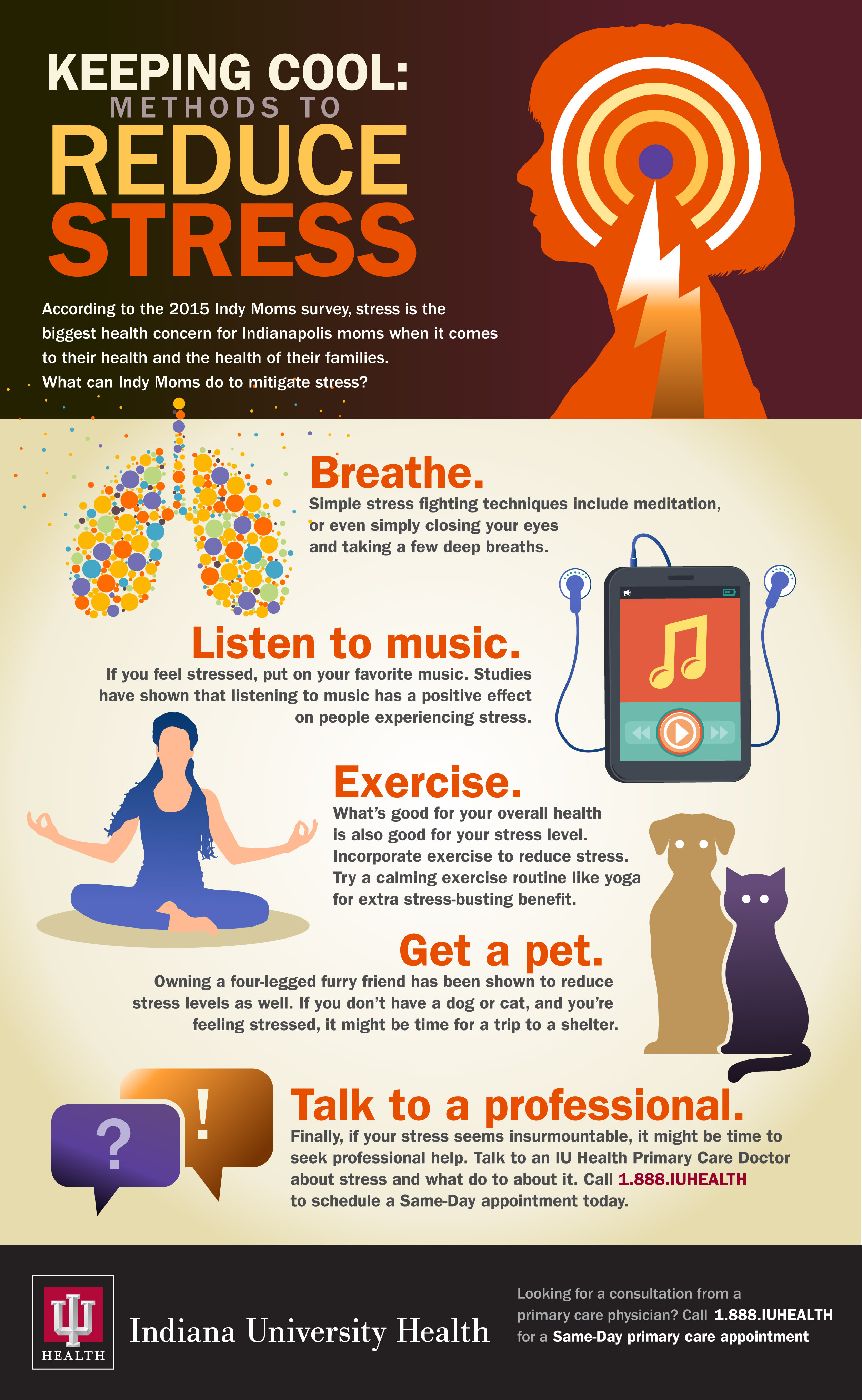Children and Mental Health Considerations during an outbreak

TIPS FOR CAREGIVERS, PARENTS, AND TEACHERS DURING INFECTIOUS DISEASE
OUTBREAKS
What You Should Know When children and youth watch news on TV about an infectious disease outbreak, read about it in the news, or overhear others discussing it, they can feel scared, confused, or anxious—as much as adults. This is true even if they live far from where the outbreak is taking place and are at little to no actual risk of getting sick. Young people react to anxiety and stress differently than adults. Some may react right away; others may show signs that they are having a difficult time much later. As such, adults do not always know when a child needs help. These tips will help parents, caregivers, and teachers learn some common reactions, respond in a helpful way, and know when to seek support.
Possible Reactions to an Infectious Disease Outbreak
Many of the reactions noted below are normal when children and youth are handling stress. If any of these behaviors lasts for more than 2 to 4 weeks, or if they suddenly appear later on, then children may need more help coping. Information about where to find help is in: Helpful Resources.
PRESCHOOL CHILDREN, 0–5 YEARS OLD
Very young children may express anxiety and stress by going back to thumb sucking or wetting the bed at night. They may fear sickness, strangers, darkness, or monsters. It is fairly common for preschool children to become clingy with a parent, caregiver, or teacher or to want to stay in a place where they feel safe. They may express their understanding of the outbreak repeatedly in their play or tell exaggerated stories about it. Some children’s eating and sleeping habits may change. They also may have aches and pains that cannot be explained. Other symptoms to watch for are aggressive or withdrawn behavior, hyperactivity, speech difficulties, and disobedience.
Infants and Toddlers, 0–2 years old, cannot understand that something bad in the world is happening, but they know when their
caregiver is upset. They may start to show the same emotions as their caregivers, or they may act differently, like crying for no
reason or withdrawing from people and not playing with their toys.
Children, 3–5 years old, may be able to understand the effects of an outbreak. If they are very upset by news of the outbreak, they may have trouble adjusting to change and loss. They may depend on the adults around them to help them feel better.
EARLY CHILDHOOD TO ADOLESCENCE, 6–19 YEARS OLDHow Parents, Caregivers, and Teachers Can Support Children in Managing Their Responses to Infectious Disease Outbreaks
With the right support from the adults around them, children and youth can manage their stress in response to infectious disease outbreaks and take steps to keep themselves emotionally and physically healthy. The most important ways to help are to make sure children feel connected, cared about, and loved.
Pay attention and be a good listener. Parents, teachers, and other caregivers can help children express their emotions through conversation, writing, drawing, playing, and singing. Most children want to talk about things that make them anxious and cause them stress—so let them. Accept their feelings and tell them it is okay to feel sad, upset, or stressed. Crying is often a way to relieve stress and grief.
Allow them to ask questions. Ask your teens what they know about the outbreak. What are they hearing in school or seeing on TV? Try to watch news coverage on TV or the Internet with them. Also, limit access so they have time away from reminders about the outbreak. Don’t let talking about the outbreak take over the family or classroom discussion for long periods of time.
Encourage positive activities. Adults can help children and youth see the good that can come out of an outbreak. Heroic actions,
families and friends who travel to assist with the response to the outbreak, and people who take steps to prevent the spread of all types of illness, such as hand washing, are examples. Children may better cope with an outbreak by helping others. They can write caring letters to those who have been sick or lost family members to illness; they can organize a drive to collect needed medical supplies to send to affected areas.
Model self-care, set routines, eat healthy meals, get enough sleep, exercise, and take deep breaths to handle stress. Adults can show children and youth how to take care of themselves. If you are in good physical and emotional health, you are more likely to be readily available to support the children you care about.
Tips for Talking With Children and Youth of Different Age Groups During an Infectious Disease Outbreak
A NOTE OF CAUTION! Be careful not to pressure children to talk about an outbreak or join in expressive activities. While most children will easily talk about the outbreak, some may become frightened. Some may even feel more anxiety and stress if they talk about it, listen to others talk about it, or look at artwork related to the outbreak. Allow children to remove themselves from
these activities, and monitor them for signs of distress.
PRESCHOOL CHILDREN, 0–5 YEARS OLD
Give these very young children a lot of cuddling and verbal support.
Get down to their eye level and speak in a calm, gentle voice using words they can
understand.
Tell them that you always care for them and
will continue to take care of them so they feel
safe.
Keep normal routines, such as eating dinner together and having a consistent bedtime.
EARLY CHILDHOOD TO ADOLESCENCE, 6–19
YEARS OLD
Nurture children and youth in this age group:
Ask your child or the children in your care what worries them and what might help them cope.
Offer comfort with gentle words, a hug when appropriate, or just being present with them.
Spend more time with the children than usual, even for a short while.
If your child is very distressed, excuse him or her from chores for a day or two.
Support children spending time with friends or having quiet time to write or create art.
Encourage children to participate in recreational activities so they can move around and play with others.
Address your own anxiety and stress in a healthy way.
Let children know that you care about them— spend time doing something special; make sure to check on them in a nonintrusive way.
Maintain consistent routines, such as completing homework and playing games together.
When Children, Youth and Parents,Caregivers, or Teachers Need More Help
In some instances, children may have trouble getting past their responses to an outbreak, particularly if a loved one is living or helping with the response in an area where many people are sick. Consider arranging for the child to talk with a mental health professional to help identify the areas of difficulty. If a child has lost a loved one, consider working with someone who knows
how to support children who are grieving. Find a caring professional in the Helpful Resources section.
Helpful Resources
- Substance Abuse and Mental Health Services Administration (SAMHSA) 5600 Fishers Lane -- Rockville, MD 20857
Toll-Free: 1-877-SAMHSA-7 (1-877-726-4727) Email: info@samhsa.hhs.gov
SAMHSA Store: https://store.samhsa.gov
SAMHSA Disaster Technical Assistance Center
Toll-Free: 1-800-308-3515 Email: DTAC@samhsa.hhs.gov
Website: https://www.samhsa.gov/dtac - Hotlines
SAMHSA’s Disaster Distress Helpline Toll-Free: -877-SAMHSA-7 (1-877-726-4727) (English and español)
SMS: Text TalkWithUs to 66746 SMS (español): “Hablanos” al 66746 TTY: 1-800-846-8517 - Website (English):
https://www.disasterdistress.samhsa.gov - SAMHSA’s National Helpline
Toll-Free: 1-800-662-HELP (24/7/365 Treatment Referral Information Service in English and español)
Website: https://www.samhsa.gov/find-help/national-helpline - Child Welfare Information Gateway
Toll-Free: 1-800-4-A-CHILD (1–800–422–4453) Website:
https://www.childwelfare.gov/topics/responding/reporting/how - Treatment Locator
Behavioral Health Treatment Services Locator
Toll-Free: 1-800-662-HELP (1-800-662-4357)(24/7 English and español); TTY: 1-800-487-4889
https://findtreatment.samhsa.gov - Resources Addressing Children’s Needs Administration for Children and Families
Website: https://www.acf.hhs.gov - National Suicide Prevention Lifeline Toll-Free (English): 1-800-273-TALK (8255) Toll-Free (español): 1-888-628-9454
TTY: 1-800-799-4TTY (4889) - Website (English): https://www.suicidepreventionlifeline.org (español): https://suicidepreventionlifeline.org/help-yourself/en-espanol/
- National Child Traumatic Stress Network Website: https://www.nctsn.org
Website (español): https://www.samhsa.gov/find-help/disaster-distress-helpline/espanol
Additional Behavioral Health
